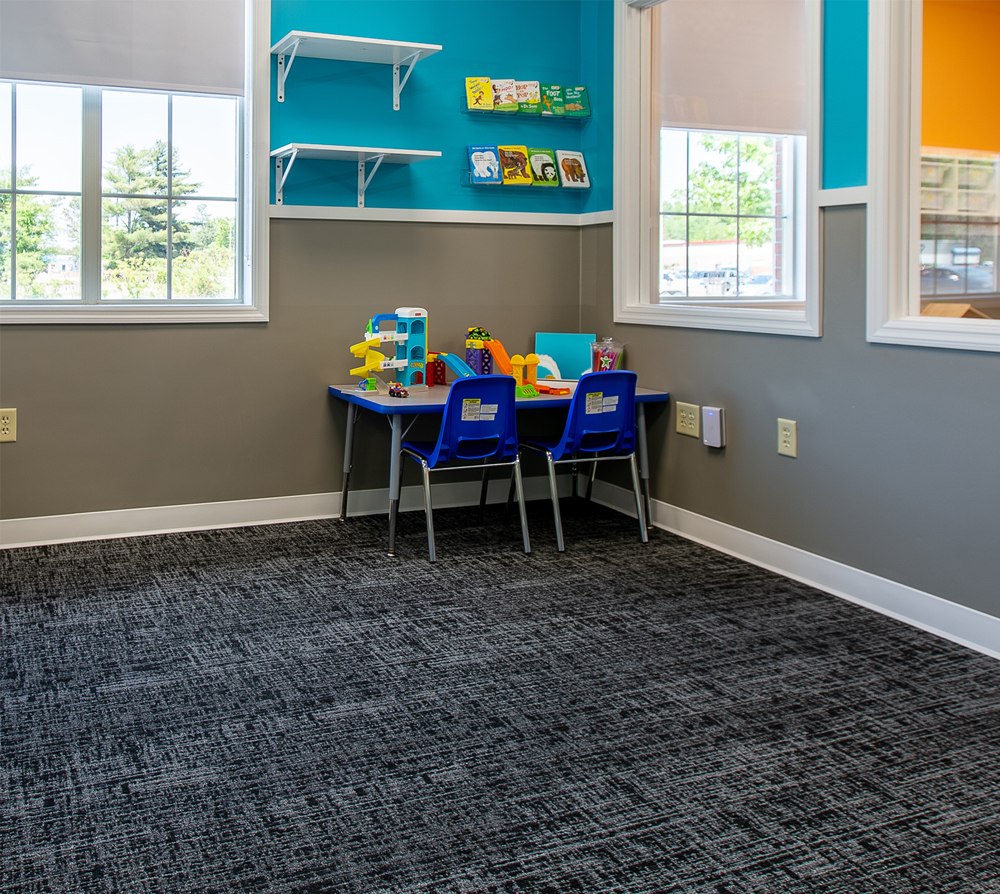How to Find the Best ABA Center
Tips to Find the Best ABA Center for your Autistic Child
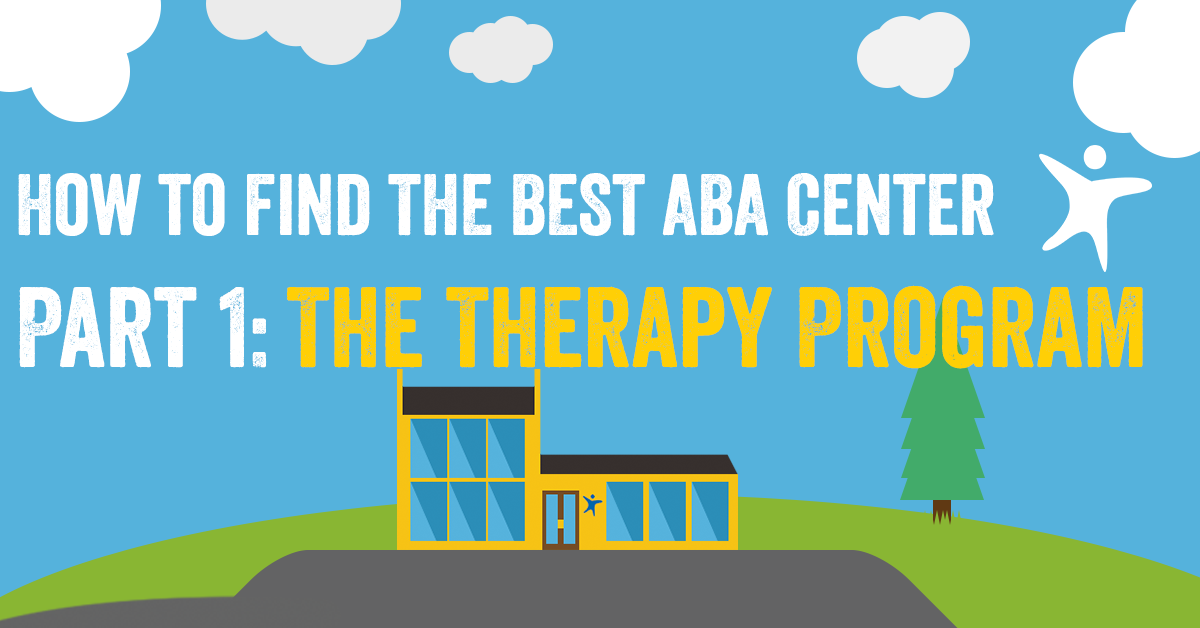
Introduction
ABA stands for applied behavior analysis. It’s a form of therapy that’s based on the principles of behavioral psychology. It’s one of the most common therapies used to treat autism and it’s endorsed by the surgeon general. ABA is widely popular due to its proven effectiveness in improving the lives of individuals with autism. An ABA center is where individuals with autism can go to receive ABA therapy.
Customized Therapy Programs
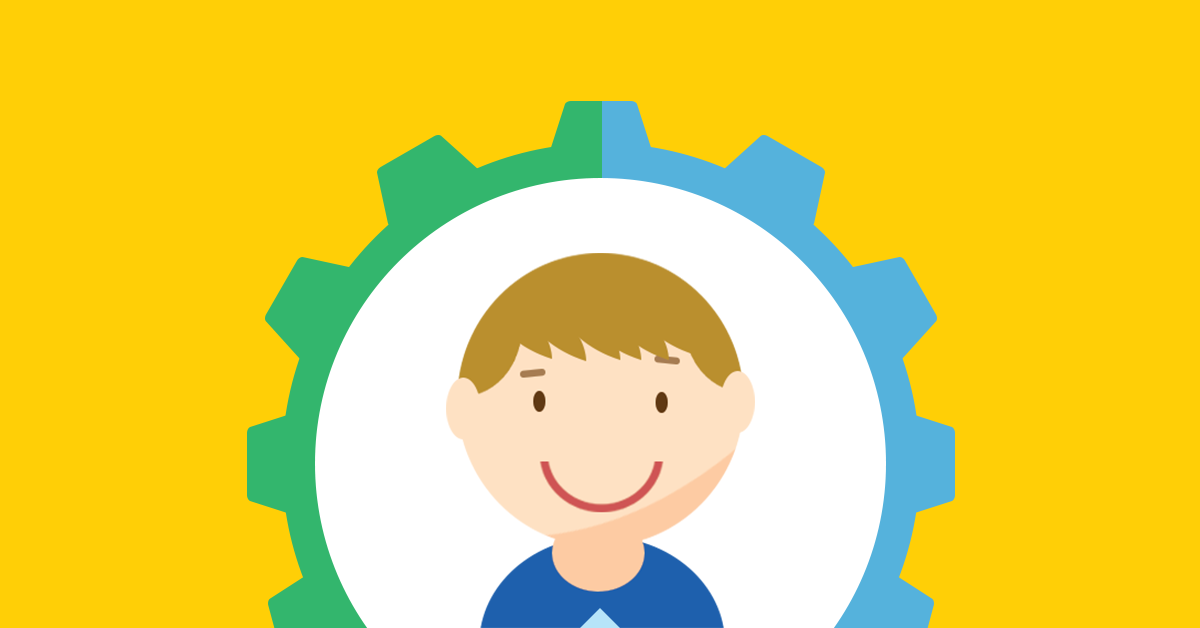
No two children are exactly the same, right? Since this is true, it makes sense that no two children will have exactly the same therapy needs. They will have different behavior problems and will be behind in different developmental milestones. Therefore, ABA centers should never be offering cookie-cutter therapy programs.
In designing a therapy program, the ABA center should be performing a deep assessment of your child’s needs. An analysis of your child’s current skills will be produced from this assessment. Then, a board certified professional will design a therapy program tailored to your child and their current skills. Additionally, the ABA center should be asking for the parent’s input in the initial and ongoing assessment. Parents add value to the assessment by providing information about behaviors the child is having and skills they are lacking. This is also a chance for parents to communicate the goals they have for their child. Goals can range from basic life skills like toilet-training to more sophisticated skills like vocal communication.
Any worthwhile ABA center should be willing to create a unique therapy program to meet your child’s and families needs.
Formal Assessment Tools
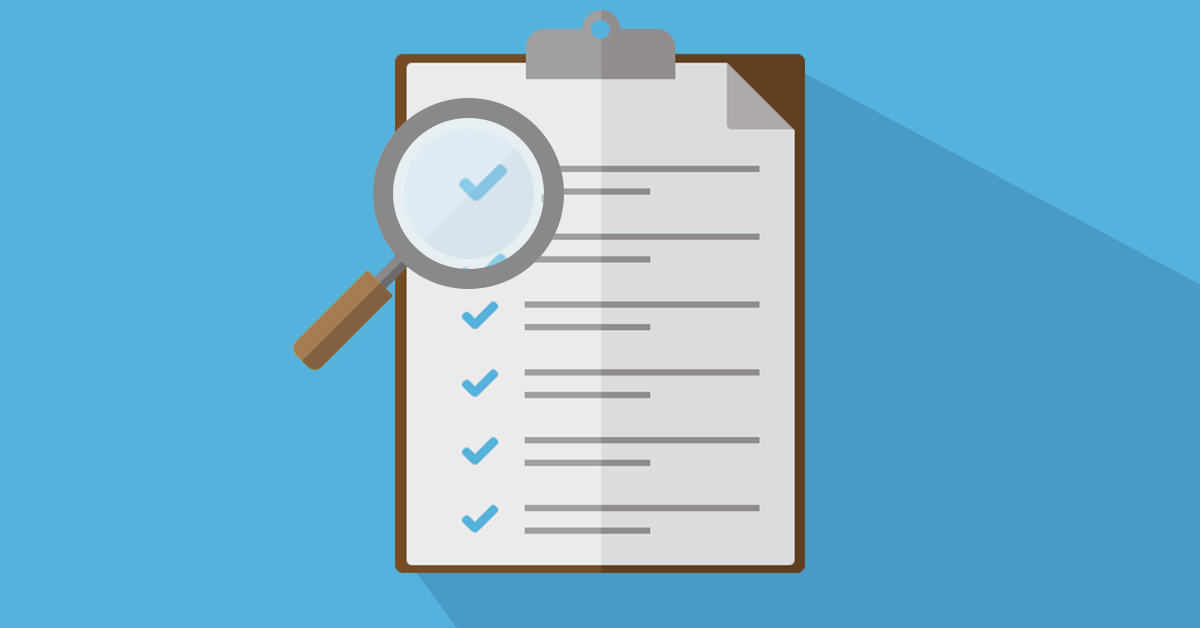
Formal assessment tools, such as the VB-MAPP and AFLS should be used to evaluate the skill sets of an individual diagnosed with autism. They should be part of the foundation and structure of any great ABA curriculum.
The VB-MAPP is an assessment tool used to determine an individual’s social and early learner skills. VB-MAPP stands for Verbal Behavior Milestones Assessment and Placement Program. Quality ABA centers use the VB-MAPP, or something similar, to assess a child’s skills and then guide the design of that child’s goals.
The AFLS is another assessment tool that could be used by an ABA center to assess your child’s needs. AFLS stands for Assessment of Functional Living Skills. AFLS assesses the more practical, functional skills like toileting, dressing, basic communication and self-management.
There are even more tools that ABA centers could be using like the ABLLS and the Essentials for Living. These tools not only allow the therapy team to do an initial assessment of a child, but they are also designed for continued monitoring and measurement of your child’s progress. The therapy team uses these tools to re-evaluate the effectiveness of the therapy program.
Consider asking an ABA center if they are using these tools to initially evaluate and continually monitor their children. Without these tools and the data they provide, an ABA center would have far less visibility into your child’s needs and progress.
Based on Data

Data is the lifeblood of any quality ABA program and guides the decision-making about your child’s therapy programs.
For example, when your child first comes to a center, they may spend 60 minutes of every day flopping on the floor and screaming. A proper ABA center should be tracking the amount of time your child engages in this behavior. Over time, it will become possible to see a trend in the frequency of problem behaviors from one day to the next. The therapy program supervisors will then use this daily/weekly trend to decide how well the intervention is working. Eventually, they’ll want to see the 60 minutes of daily tantrums become 30 or 15 minutes. This declining trend in tantrums could indicate that the program is working. On the flip side, if that 60 minutes of daily tantrums consistently stayed at 60 minutes over the course of several months, this might indicate that something about the therapy program wasn’t working. In the case of a program not working, the program supervisors should be able to re-examine the child’s behavior and shift the therapy program accordingly.
Consider asking the ABA center “what kind of data do you use to track my child’s progress?” and “can I see the data?”
Social Skills, Natural Environment Training and Table Work.
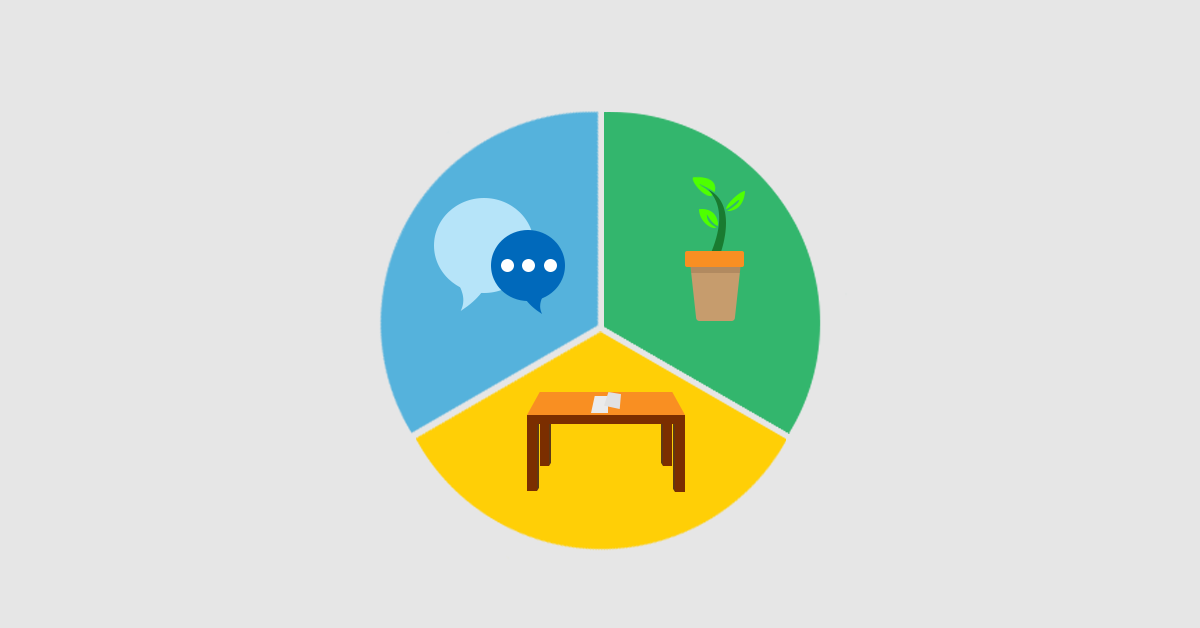
Every ABA therapy program should be based on 3 different components of ABA.
1.) Social Skills – The child should be learning social skills by communicating with the therapist, working on eye contact improvements and socializing with other children at the center. To make sure your child is getting the right social skills training, you want to know that they will have appropriate peer groups of the same age. A 10 year old will not gain as many social skills interacting with only 5 year old children as opposed to if they were interacting with children of their own age.
2.) Natural Environment Training – Natural environment training involves using the principles of ABA therapy in natural environments or “the real world”. If your child only learned at a table in a therapy room, then they would have a harder time applying their teachings to other situations. By integrating therapy into “natural environments” like a kitchen, a bathroom, or even a playroom, your child becomes more equipped to use their new skills in the rest of the world and in your home.
3.) Table Work – Table work is the initial teaching arm of the therapy program. Table work provides an environment that is engineered to reduce distractions. The reduced-distractions environment of table work creates focused learning experiences for your child.Through table work, they will become more accustomed to the kind of setting they will experience in a regular classroom as well as at a desk job.
One-on-One Therapy
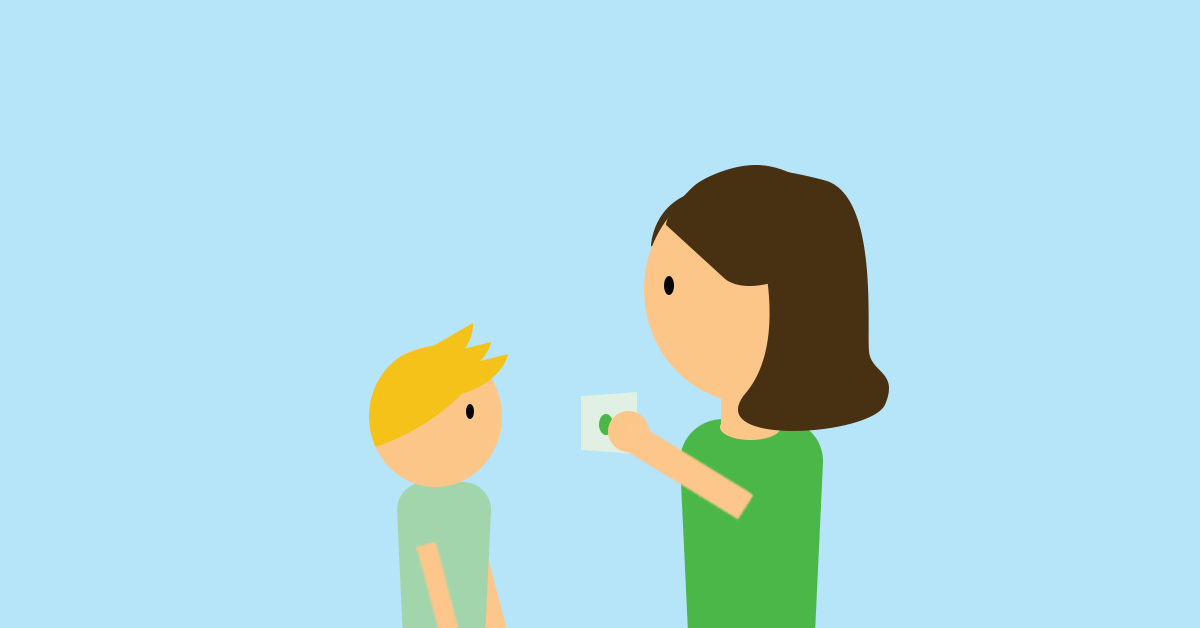
An intense ABA therapy program means there will be a lower ratio between therapists and children. Additionally, an intensive ABA therapy program should strive for a 1:1 ratio between therapists and children as much as it can.
A 1:1 ratio has a positive impact on teaching the therapy. With a 1:1 ratio, the therapist can be fully aware of all your child’s behaviors, struggles, triumphs and skills.
Furthermore, the 1:1 ratio also has benefits beyond the learning part of the therapy program and impacts the general operation of the center. Even small amounts of time where therapists must manage multiple children can result in behaviors going unnoticed and safety becoming increasingly at risk.
Ask the ABA center how often your child will be 1:1 with a therapist. If it’s possible, try to find a center that provides 100% 1 on 1 ABA therapy. This means that at NO point during the therapy program will your child be without a 1 on 1 setting with a therapist.
Contact Lighthouse Autism Center to learn more about finding a quality ABA center for your child.
Find a Center Near You
Interested in finding an autism center near you? Click Find a Center below to view a full list of current autism therapy centers.
Related News
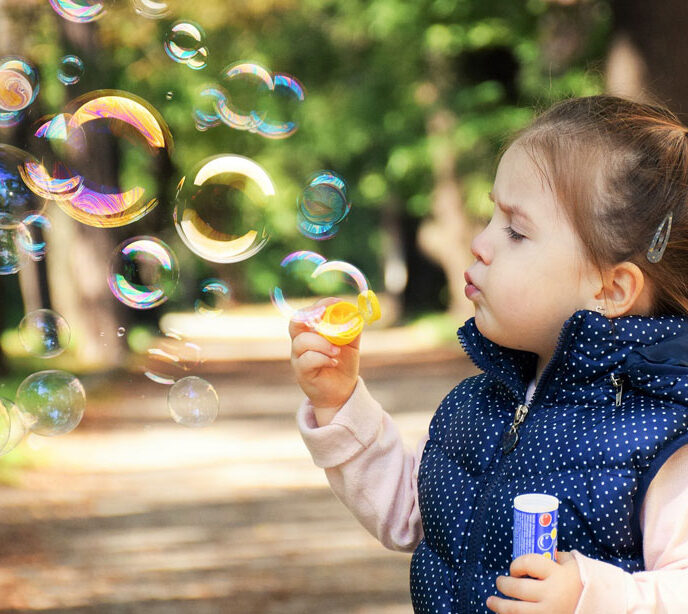
12/06/2024
Social Skills Deficits – Lighthouse Autism Center
Autistic children often experience social interactions differently, processing social cues and conventions in unique ways and struggling with the basic social skills many of us take for granted. This blog explores how social deficits can affect their daily lives, from communication struggles to peer interactions, and steps parents and caregivers can take to help their […]
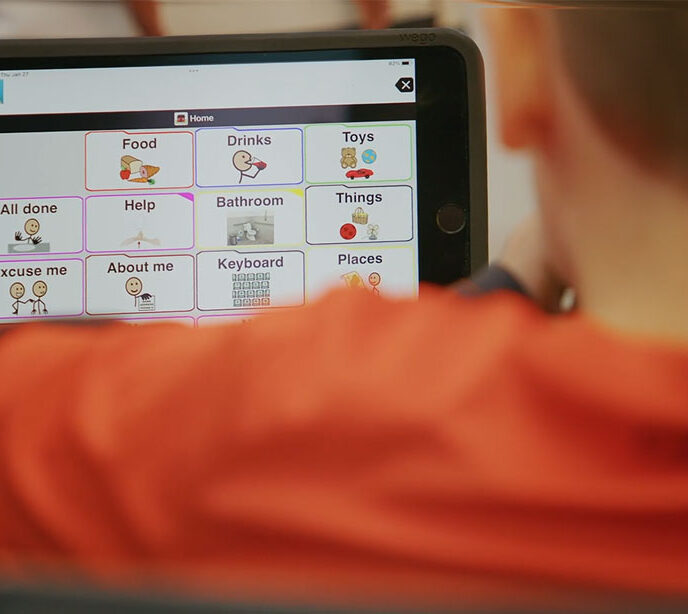
12/06/2024
Understanding & Using AAC Devices – Lighthouse Autism Center
Communication is a vital part of our daily lives. For those who have difficulty with vocal speech, Augmentative and Alternative Communication (AAC) can be a useful tool. AAC devices can help both children and adults with speech difficulties express themselves, connect with others, and improve their independence. Read this blog for a deep dive into […]
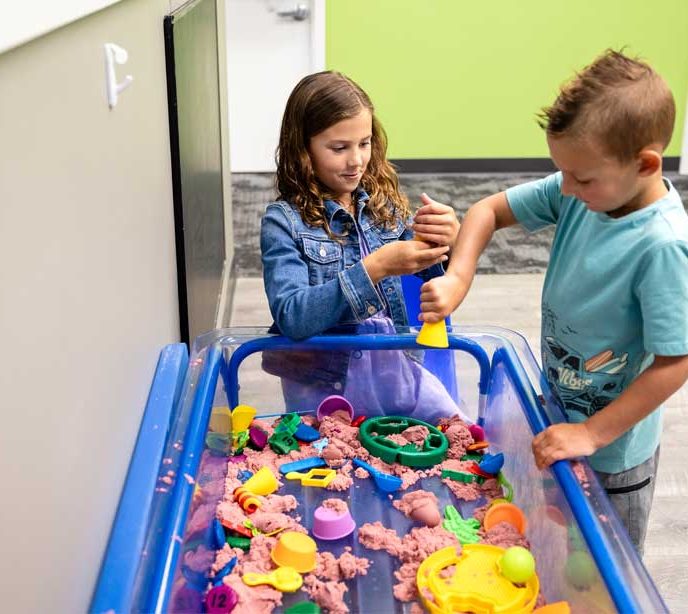
12/06/2024
Safe Activities for Autistic Children – Lighthouse Autism Center
Safety is a prominent concern for any parent or caregiver of every child regardless of being on the autism spectrum.

